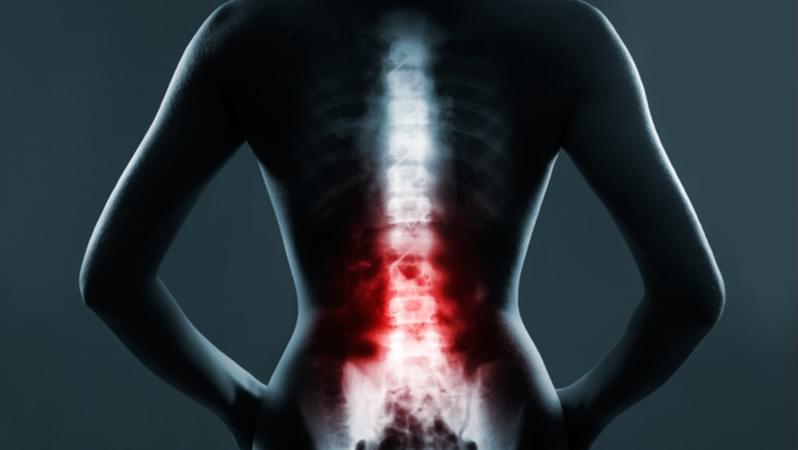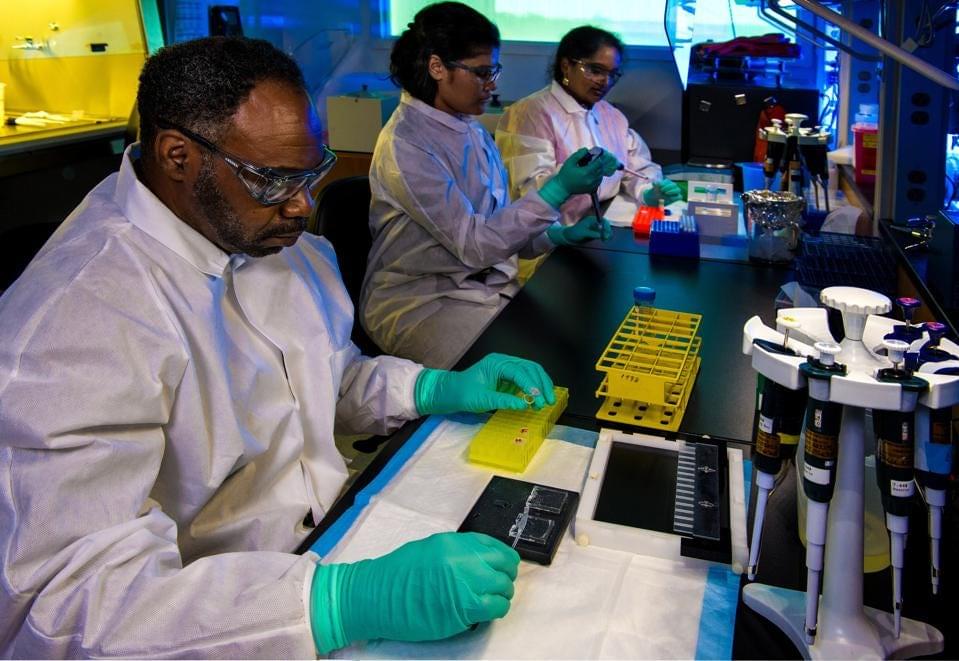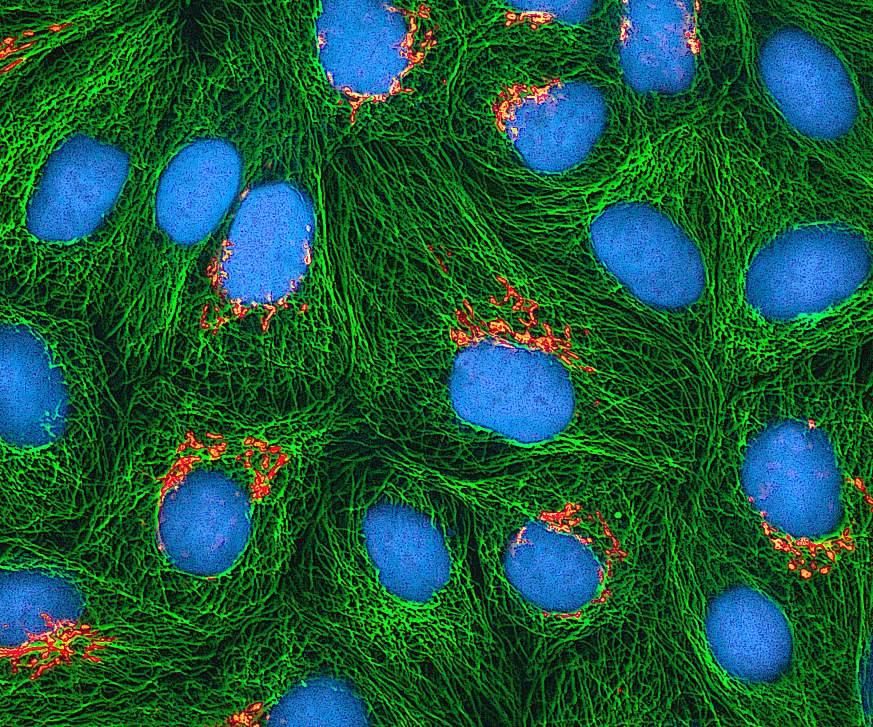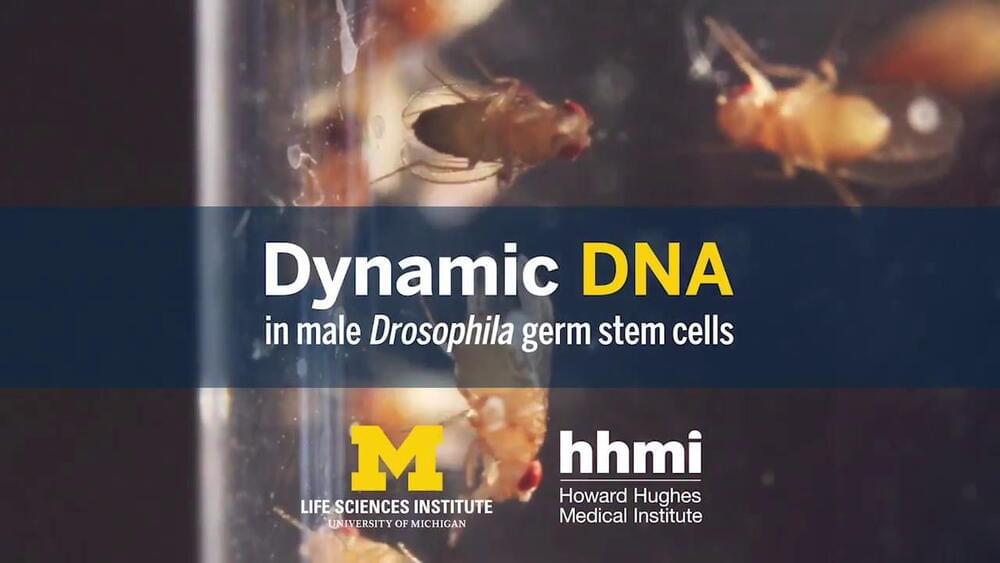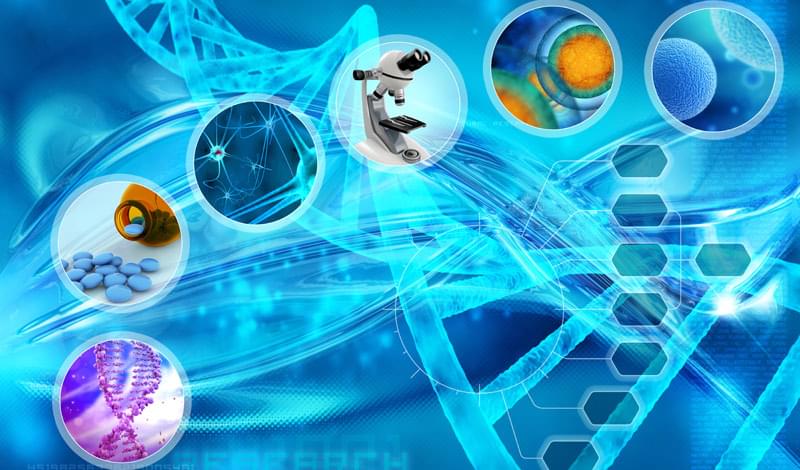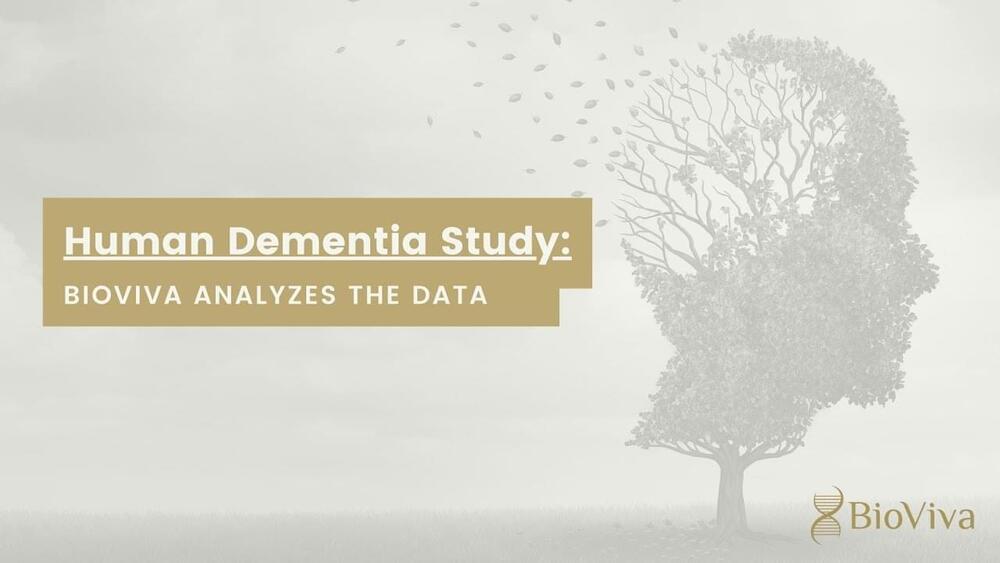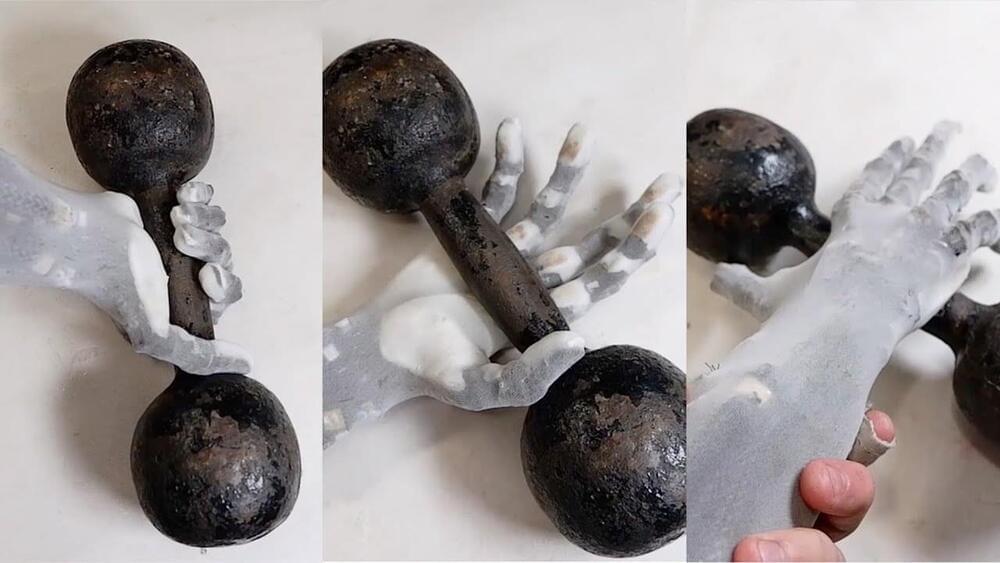Oct 27, 2021
Resveratrol AIDS Spinal Cord Regeneration in Rats
Posted by Shailesh Prasad in categories: biotech/medical, life extension
A team of researchers publishing in Aging have shown that resveratrol reduces inflammation and partially restores function in a rat model of spinal injury.
In line with previous research
This is far from the first study that aimed to use approaches associated with aging research in order to spur regeneration. For example, we have previously reported that removing senescent cells aids in spinal cord regeneration in a rodent model, at least partially because of the associated reduction in inflammation.
